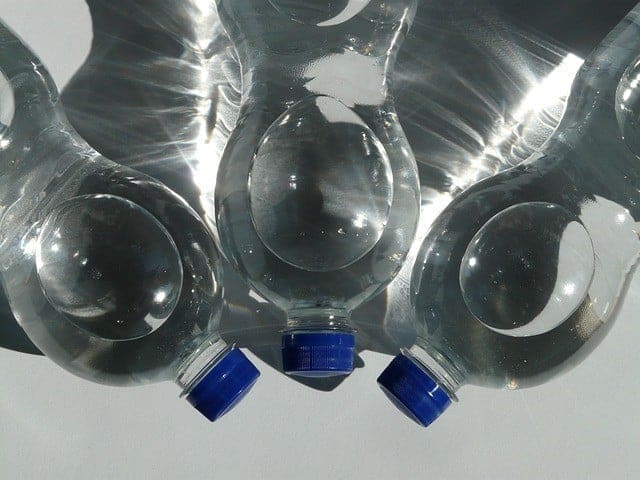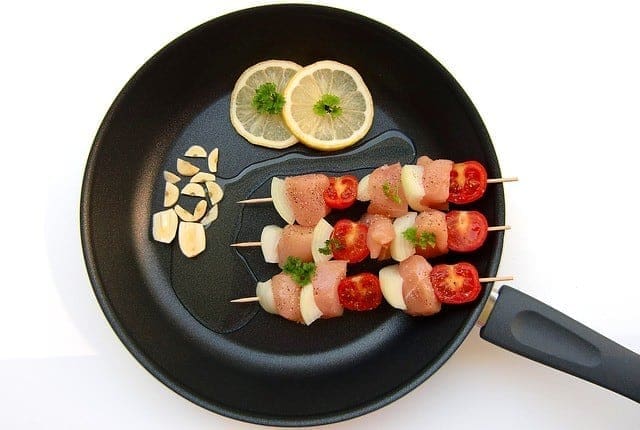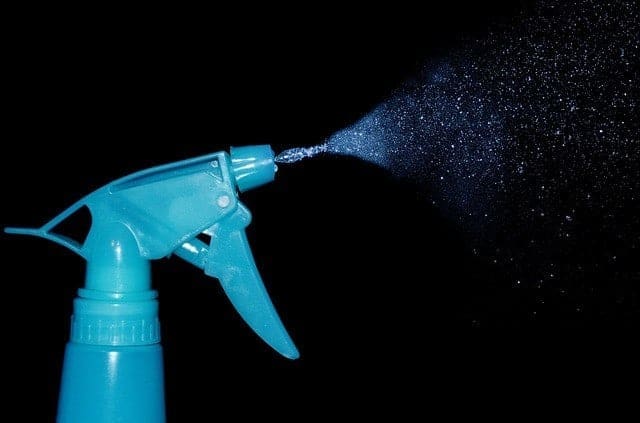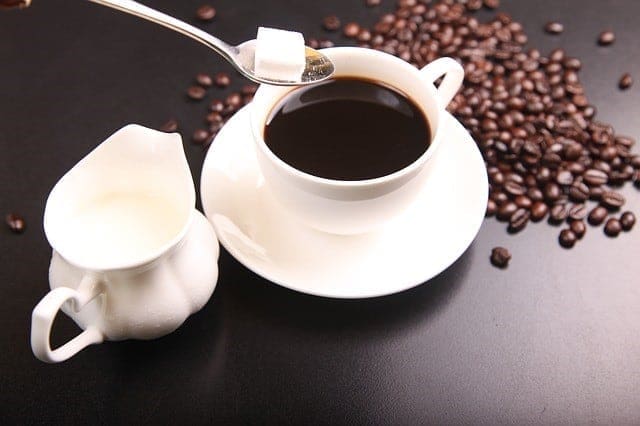We’re all about helping you get the most out of your food, but there are a few hidden dangers you might not know about. These dangers lurk in your kitchen, and they don’t pose any obvious risks to the naked eye. But, these harmful products might just put your health at serious risk the next time you decide to cook.
You might be amazed by a few of the things on the following list. Let us blow your mind with some hidden dangers you never knew existed.
Plastic Bottles
Many of us use plastic bottles for cooking these days. We might use them to hold different types of liquids for a variety of different purposes. However, as we’ll find out as we head through this article, plastic presents a lot of issues in the kitchen. BPA and BPA-free bottles have hit the headlines in the past, but they aren’t the only issues to be worried about. Single-use bottles leak chemicals, especially when they’ve been sitting around for a while. And, don’t forget that these bottles are a perfect place for bacteria to grow.
Aluminium Foil
We’ve used Aluminium Foil for years, and you’re probably still using it to this day! We don’t want to worry you or anything, but it’s best you stopped right now! For a long time, it has been linked with degenerative brain diseases like Parkinson’s. Cooking meat in this foil increases the amount of Aluminium, dependent on times and temperatures. Of course, Aluminium can be found in a variety of products, and not just foil. We don’t know how bad a slight exposure would be to your health, but what’s the point in risking it?
Teflon Pans
This is another thing you might be doing on a regular basis without realizing it. Non-stick pans are an incredible invention that saves a lot of frustration and failure. However, many models on the market use something called Teflon to coat the surface. While this is an effective way of providing a non-stick solution, it’s also potentially harmful. It releases toxins that have the potential to bring on high cholesterol and liver inflammation. There are other non-stick alternatives like the ones at www.stonefryingpans.com to get the job done.
Non-Organic Produce
There’s a reason why organic produce is all the rage nowadays. It’s not based on a myth or a desire to fit in with the latest trends. Organic produce helps to prevent nasty toxins from infecting our bodies. Non-organic fruits and vegetables can sometimes contain a variety of pesticides you need to be aware of. Obviously, the side-effects of ingesting pesticides can be horrendous, bringing on diseases and illnesses. The only way to effectively avoid this is to buy organic or grow them yourself.
Germ-Killing Products
Part of the cooking process is cleaning up after yourself. Who wants to spend their time in a dirty kitchen? In modern times, we’ve started to resort to germ-killing products that claim “99.9% effectiveness.” That’s great and everything, but killing all those germs isn’t necessarily what we want. These products sometimes contain chemicals that can infect our food and our bodies in detrimental ways. And, keep in mind that killing germs isn’t preferential over a generally clean kitchen. Our immune systems are boosted by the presence of some bacteria.
Plastic Storage Containers
I told you we’d be back to the plastics, didn’t I?! We’re onto those plastic storage containers that we often use to store our cooked food. Unfortunately, plastics contain dangers like Bisphenol A that can get into our food and cause havoc. The dangers surrounding BPA are plentiful, and it could cause cancer and generally poor health in the worst cases. It’s important to never microwave these plastic containers, as the release of these chemicals is heightened in this case.
Canned Foods
Canned foods are really efficient. Unfortunately, in life, the best way to do things isn’t normally the easy way. Guess what provides the culprit for this problem in many cases? Yeah, it’s our old enemy BPA. The problem with how cans are packed is that they’re often lined with plastic. That doesn’t mean that you can’t actually find canned foods with no BPA content, however. Look at online websites like www.treehugger.com/ to find companies who make BPA-free cans.
Takeout Containers
Who doesn’t love a takeout from the local Chinese or Indian restaurant? We love to spoil ourselves every now and again, but we might be doing more damage than we think. In some cases, takeout packaging is lined with polystyrene. This might not seem like a big deal to the naked eye, but styrene can actually damage your nervous system. And, keep in mind that some takeout packaging uses potentially harmful grease-proofing chemicals, too. If you’re concerned about this, make a point of asking your local takeout joint about it.
Single-Cup Coffee Makers
This is a weird one to include on the list, right?! After a nice meal, you want to compliment it with a coffee to finish the evening off. But, resorting to your single-cup coffee maker for that task might not be the best idea. Some (and not all) single-cup coffee makers include lots of plastics including BPA. We’ve already discussed the downsides of BPA, so we’re not going to fill you with information once more! However, it’s also worth considering that these devices are generally very unhygienic in most cases, too.
Plastic Cutting Boards
Oh plastic, won’t you leave us alone?! You’ll have surely noticed that plastic cutting boards are purchasable from many retailers these days. Well, guess what?! BPA is back to haunt us once more. It’s not just BPA that presents us with potential dangers in this scenario. All those cuts and marks you make on the plastic surface present perfect areas for bacteria to breed in. It’s often much better to seek a wooden cutting board that doesn’t pose as many risks.
We don’t want to worry you! There are a lot of risks that our bodies cope with on a daily basis, but it’s important to be aware of these potential kitchen nightmares.
Image Source; Image Source; Image Source; Image Source; Image Source








